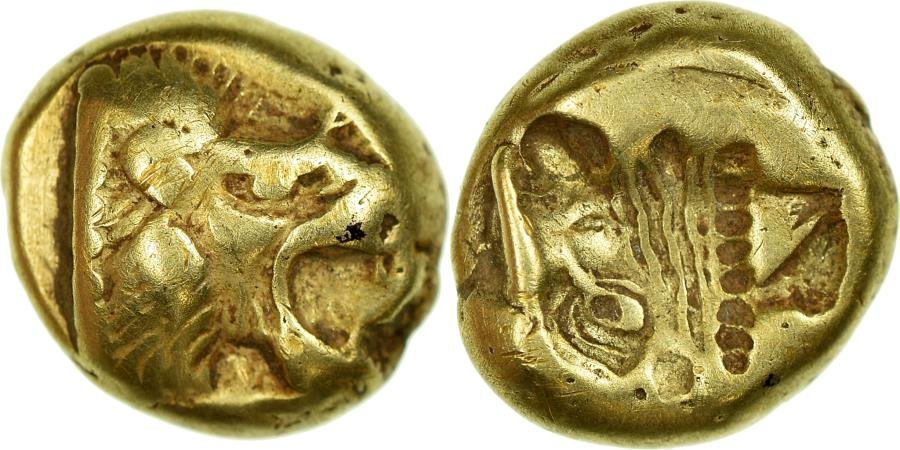

In Greece during the second millennium BC talents appear to be used as a medium of exchange (metal plate shape), for many scholars, this represents a stretched ox hide, and for others they were just more convenient to carry. Here it was possible to calculate payments in copper (1 ntempen = 91 g In Egypt, at the end of the second millennium mentioned metals weighed to constant weights to calculate the value of a product group. Over the years, metal prevailed in trade and other areas. Inscriptions suggest laws, payments, contracts were weighted based on silver, sometimes in combination with barley or other cereals. The use of metal to trade witnessed since the late third millennium BC Mesopotamia. With the discovery and diffusion of metals, a new medium of exchange was added along with the animals. Pecus means bred, the voskimata and from there comes the term pecunia (Property, money). Latin caput voskimatos means head and from there comes the word capital (Capital) and capitalism. Even today, this translates into many languages. The rich man was called polyvoutis (That has many cows), the landless avoutis. In the Iliad the bronze weapons of Diomedes worth 9 oxen and the golden ones of Glaukos were worth 100 oxen. Mostly animals were used as a medium of exchange. With the installation of a permanent human dwelling, the economy was based on farming. Depending on the abundance, the usefulness and role of each product in every society and determined its price.

Agricultural food products, leather, animals, shells were the accepted transaction. Transactions in kind facilitated the first human societies to survive. The barter is very old and in some sense, some elements seem to exist in nature, plants, insects and animals where shared services and resources to ensure the survival of species and to maintain environmental balance. In Europe, gold forints of Florence will be the basis of trade during the 14th century.īefore currency, the commodities exchange, barter was the most widespread practice of ensuring the basic needs of people. From the 13th to the 15th century, the Venetian currency would prevail in this area. In Western Europe, gold coins followed the standards of Roman and Byzantine coins. The Byzantine gold solidus prevailed from the 4th to the 11th century in the Eastern Mediterranean and far beyond it. The “One God and one emperor” of the Byzantine conception of the world was depicted on coins. In the Byzantine legal currency other than the Emperor the display of the divine, the Christ, the hand of God, Christian symbols, were added and representations were made on the obverse of the coin. The Roman coins were spread throughout the known world and minted in gold, silver and copper. The depiction of the sovereign emperor is the main theme of the iconography on Roman imperial coins from the first BC up to fourth AD century. After the death of Alexander III rulers and kings of started to be depicted in the coins of each area. King Philip II popularized the use of gold coins and had access to gold mines of Mt. At the end of the fifth and especially the 4th century and bronze coins were released for small everyday transactions. They minted silver coins mainly because that was the precious metal at which had easier access. They used their symbols, heroes, gods, animals, plants, etc., to mark the coins. The Greek cities spread the use of currency from Spain to the Black Sea. The precious metal gave it the value, the small format made it easy to carry, the symbol of each issuing authority, which was added later, was giving the guarantee of the coins weight and authenticity. The first coins were made in Asia from electrum, an alloy of gold and silver at the end of the 7th century. Currencies were changed, altered, adapted to the specific changes that led to or caused by different social, economic and historical conditions. Its acquisition was for centuries one of the main aspirations of people. Money is used in all seasons in all directions and for all purposes.


 0 kommentar(er)
0 kommentar(er)
